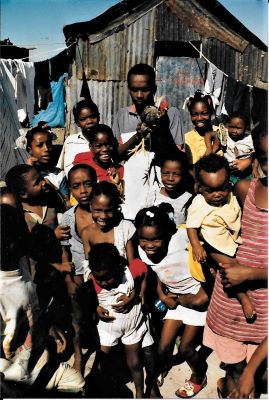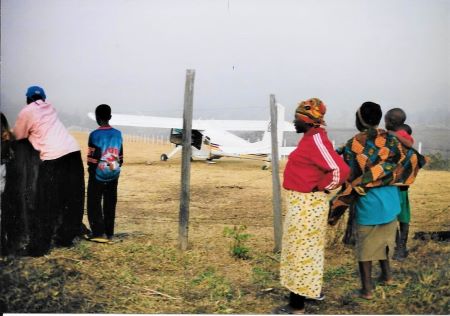People give to you because you meet needs, not because you have needs.
I have been involved in humanitarian and philanthropic endeavors in some way most of my life; perhaps you have been too. We must be satisfied that the cause is a good cause, or we would not be involved. The problem boils down to not having enough money in our own blue jeans to cover the financial requirements to accomplish the project. That necessitates the expansion of our revenue base and the solicitation of funds and resources from other people. How shall we do that?
Usually, the plan-of-action statement includes phrases like “Well, bless your heart! We’re just going to tell it and show it like it is, and the people will catch on and respond by giving generously.” Then there comes the hitch. What method shall we use to motivate the prospective giver to join in? There are a few favorite default motivators. You can give guilt, because guilt is the gift that just keeps on giving. Using pictures that are borderline horrific, or at least disgusting, seems to be another favorite method to motivate. The shock and awe may move the hand to the checkbook or the credit card.
Anna Marie and I were in Minsk, Belarus, following the collapse of the old Soviet Union. It was about seven o’clock on a Monday evening when we arrived at Minsk Medical Hospital No. 1 to perform a Needs Assessment Study of the facility. We were there to determine the appropriate medical supplies and pieces of medical equipment to be donated to hospital by Project C.U.R.E. Dr. Anna Novechenko was the chief physician of the pediatrics division of hospital No. 1. She was a very dignified and competent lady and compassionate about the children and her work. She had been head of the pediatrics division during the unraveling of the Soviet economy and the collapse of their medical system.
As we walked down the old stairway and out into the parking lot of hospital No. 1, Dr. Anna walked with us, holding on to my arm. “Please don’t just walk away and leave me,” she begged. “As you can see, we are doing everything we possibly can to save these children.” Then she stopped us and pointed back to the darkened windows of the pediatrics wards. “There are many children up there who desperately need surgeries. But I can’t cut them open because I don’t even have any suture to sew them shut.” Dr. Anna went on, “There are many groups from the US who come here and take graphic pictures of our terrible plight. And they go back to the US and mail out our pictures and collect a lot of money, but they never come back, and we have never received any help from any of them!”
After many years of observing life and maintaining a mental score card, I have come to this conclusion: If you are involved in philanthropic work in your community, your church, or a special humanitarian cause, and you need other people to come alongside you and help support you with donated time, funds, or other resources, forget about the dramatic shock and awe motivators. If indeed you are meeting legitimate needs, be simple and forthright in sharing with your friends what you are doing to solve the immediate problem with help and hope. Don’t under estimate the discernment and integrity of your potential donors.
People will give to you because you meet needs, not because you have needs.



























